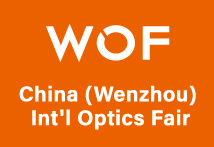Developments and Treatments in Eye Care
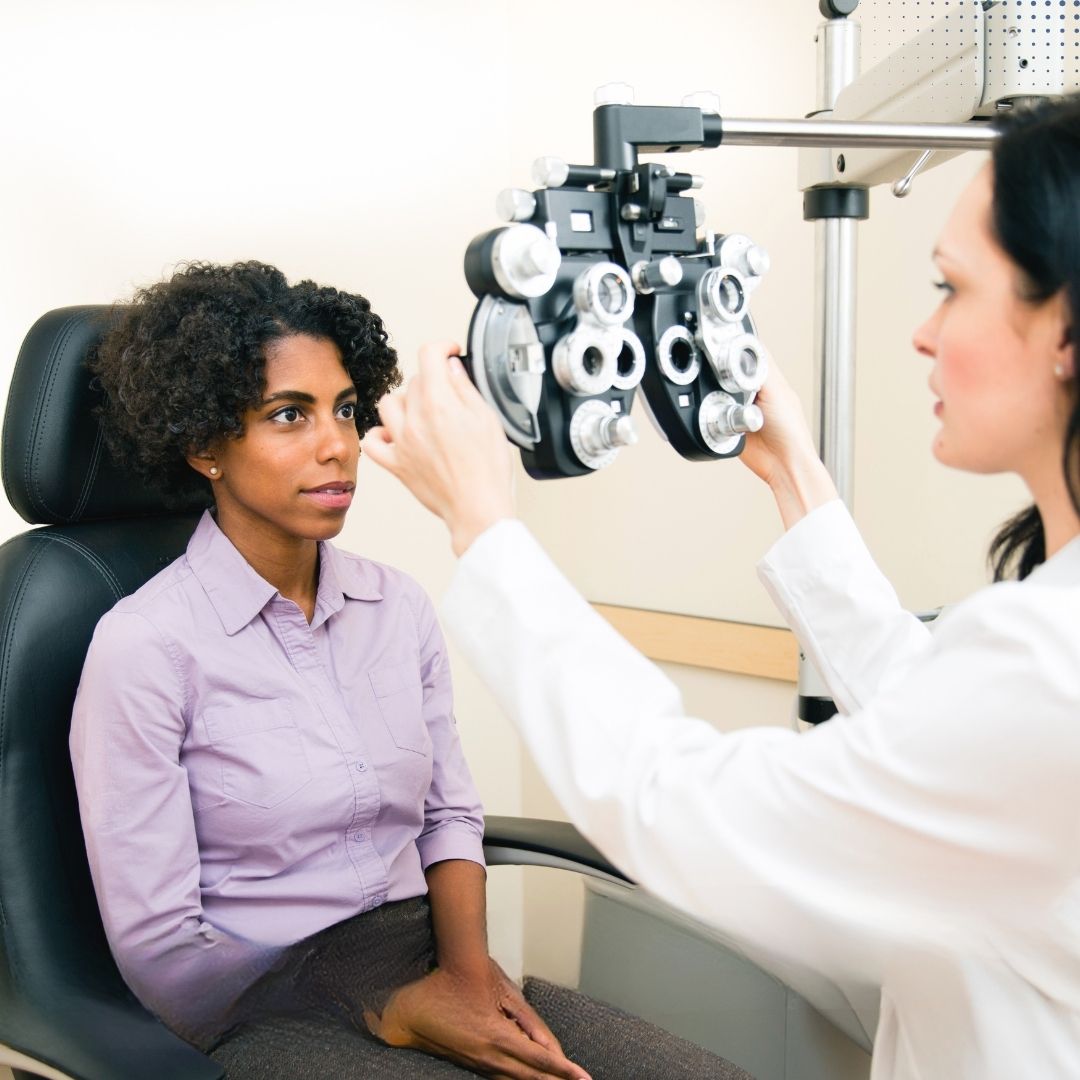
Article By:- Prof. Himanshu Pal Pediatric Optometrist, Vision Therapist and Malika Abbas, Assistant Professor in Era University, Lucknow
The field of eye care is undergoing a rapid transformation, driven by innovations in technology and an increasing global demand for better vision solutions. With conditions like digital eye strain and chronic diseases such as diabetic retinopathy on the rise, the need for advanced diagnostics, effective treatments, and accessible care has never been more critical.
This article explores the latest developments in eye care—from cutting-edge surgical techniques and pharmacological advances to the rise of telemedicine and personalized patient care. By embracing these innovations, eye care professionals are not only improving patient outcomes but also reshaping the future of the industry.
Recent Advances in Diagnostic Tools
Early and accurate detection is vital for effective eye care, as timely intervention can prevent or slow the progression of vision loss. Recent innovations in diagnostic technology have significantly improved the ability to identify eye diseases.
Optical Coherence Tomography (OCT):
OCT provides detailed cross-sectional images of the retina, aiding in the early detection of conditions like age-related macular degeneration (AMD), diabetic macular edema, and glaucoma. Its high-resolution imaging allows clinicians to detect subtle retinal changes that are not visible in standard eye exams.
Artificial Intelligence (AI) in Imaging:
AI is revolutionizing diagnostics by analyzing retinal images for signs of diseases such as diabetic retinopathy and glaucoma. It enhances the accuracy and speed of detection, often identifying early indicators that might be missed by the human eye.
New Screening Techniques:
Modern methods like Fundus Autofluorescence (FAF), which detects retinal damage without dyes, and Corneal Topography, which maps corneal curvature, are improving diagnosis and management of various eye conditions.
These advancements are paving the way for more precise, early diagnosis, leading to better patient outcomes and tailored treatment strategies.
 |
Pharmacological Treatments
Pharmacological advancements are transforming eye care, offering new ways to manage and slow the progression of various ocular diseases. One notable development is the use of Atropine Sulphate in low doses, which has shown promise in controlling myopia progression in children. Additionally, Pilocarpine, recently approved in India as an eyedrop to delay cataract progression, is gaining attention for its potential to extend the need for cataract surgery. Other emerging treatments include Brolucizumab for age- related macular degeneration (AMD) and Netarsudil, a novel glaucoma medication that reduces intraocular pressure by increasing aqueous outflow. These innovations are enhancing the effectiveness and convenience of pharmacological interventions, offering better management options for patients.
Additionally, the development of sustained-release intravitreal implants, such as Dexamethasone (Ozurdex) and Fluocinolone acetonide (Iluvien), has revolutionized the management of chronic conditions like diabetic macular edema and retinal vein occlusion by providing long term, controlled drug delivery, reducing the need for frequent injections and improving patient compliance.
 |
Surgical Techniques and Innovations
Surgical advancements in eye care have significantly improved patient outcomes, starting with non-invasive procedures like laser-assisted cataract surgery, which enhances precision and reduces recovery time. For glaucoma management, Minimally Invasive Glaucoma Surgeries (MIGS), such as the iStent and Trabeculectomy, offer safer alternatives with fewer complications compared to traditional surgeries. Additionally, vitrectomy and retinal detachment repairs have seen improvements with smaller instruments and better visualization, reducing patient discomfort and speeding up recovery. These innovations are making eye surgeries more effective, less invasive, and safer for patients.
Diagnostic technology has also witnessed remarkable growth, for instance, AI can assist in diagnosing conditions like diabetic retinopathy from retinal images with a level of accuracy that can surpass human clinicians.
 |
Teleophthalmology: Revolutionizing Eye Care Delivery
Teleophthalmology has emerged as a transformative force in eye care delivery, breaking down geographical barriers and expanding access to specialized vision care. Through secure video consultations, remote imaging analysis, and digital health platforms, eye care professionals can now conduct virtual screenings, monitor chronic conditions, and provide follow-up care to patients in previously underserved areas. This technology has proven particularly valuable in managing diabetic retinopathy screening programs and providing urgent care consultations in rural communities. While challenges such as image quality standardization and technology adoption among elderly patients exist, the integration of artificial intelligence-powered diagnostic tools and smartphone-based screening applications continues to enhance the capabilities of remote eye care services. The COVID-19 pandemic has further accelerated the adoption of these digital solutions, establishing teleophthalmology as an essential component of comprehensive eye care delivery systems.
Impact on Existing Eye Care
The rapid evolution of eye care technologies and delivery models has fundamentally transformed traditional practice patterns, creating both opportunities and challenges for practitioners and healthcare systems alike. This transformation encompasses multiple dimensions, from business operations to patient care approaches.
Evolving Business Models
The eye care industry is witnessing a significant shift from traditional practice models to more dynamic, technology-integrated approaches. Private practices are increasingly adopting hybrid care models that combine in-person visits with virtual consultations. Investment in digital infrastructure has become essential, with practices incorporating electronic health records, telemedicine platforms, and advanced diagnostic equipment. This digital transformation, while initially capital-intensive, offers long-term benefits through improved efficiency and expanded patient reach.
Market Competition and Collaboration
The eye care landscape is experiencing unprecedented changes in competitive dynamics. Traditional boundaries between optometry and ophthalmology are blurring, while new players, including tech companies and retail chains, are entering the market with innovative service delivery models. However, this disruption has also fostered valuable collaborations between practitioners, technology providers, and healthcare systems. Strategic partnerships are emerging between independent practices and larger healthcare networks, creating integrated care pathways that benefit patients while maintaining professional autonomy.
Patient-Centric Care
Modern eye care increasingly emphasizes personalized treatment approaches and enhanced patient experiences. Digital platforms now enable patients to actively participate in their care through patient portals, mobile apps for vision monitoring, and educational resources. This shift towards patient empowerment is complemented by flexible scheduling options, remote consultations, and improved communication channels between patients and providers.
Changing Role of Eye Care Practitioners
The evolution of eye care technology has redefined the role of practitioners. Today's eye care professionals must balance clinical expertise with technological proficiency, requiring continuous education and adaptation to new tools and techniques. While AI and automation support routine tasks, practitioners are increasingly focusing on complex decision-making, patient education, and comprehensive care management. This transformation has elevated the practitioner's role from service provider to care coordinator and consultant.
Expansion of Scope of Practice
The boundaries of traditional eye care are expanding, with practitioners taking on broader responsibilities in primary eye care and systemic health management. Optometrists and ophthalmologists are increasingly involved in detecting and monitoring
systemic conditions like diabetes and hypertension through eye examinations. This expanded scope requires enhanced training and certification programs, as well as updated regulatory frameworks to support these new responsibilities.
Interdisciplinary Collaboration
Eye care is becoming increasingly integrated with other medical specialties, recognizing the connection between vision health and overall wellness. Collaborative care models are emerging, linking eye care practitioners with primary care physicians, endocrinologists, neurologists, and other specialists. This integration improves patient outcomes through comprehensive health management and early intervention strategies.
Emphasis on Preventive Care
Preventive eye care has gained prominence, driven by advanced screening technologies and growing awareness of vision health. Programs focusing on early detection and intervention, particularly in pediatric care and age-related conditions, are becoming standard practice. Digital health tools and educational initiatives support this preventive approach by promoting regular screenings and healthy vision habits.
Future Directions in Eye Care
The future of eye care promises continued innovation and evolution. Emerging technologies like gene therapy, stem cell treatments, and bioengineered tissues offer potential solutions for previously untreatable conditions. Personalized medicine, based on genetic profiles and AI-driven predictive analytics, will enable more targeted interventions. The integration of virtual and augmented reality in both diagnosis and treatment presents exciting possibilities for enhanced patient care.
Conclusion
The transformation of eye care represents a paradigm shift in healthcare delivery, driven by technological advancement and changing patient needs. While challenges exist in adapting to these changes, the opportunities for improved patient care,
expanded access, and enhanced treatment outcomes are substantial. Success in this evolving landscape requires flexibility, continuous learning, and a commitment to embracing innovation while maintaining the highest standards of patient care. As the field continues to evolve, the integration of technology with traditional clinical expertise will shape the future of vision care, promising better outcomes for patients and new opportunities for practitioners.
References
Bastawrous, A., & Armstrong, M. J. (2023). Digital health and teleophthalmology:Opportunities and challenges. Survey of Ophthalmology
Bourne, R. R., et al. (2023). Artificial intelligence in ophthalmology: Current applications and future perspectives. Nature Reviews Ophthalmology
Chang, D. F. (2023). Advances in cataract surgery: Technology, techniques, and outcomes.
Recent pharmacological innovations in eye care: A comprehensive review. Progress in Retinal and Eye Research
British Journal of Ophthalmology; Emerging trends in corneal surgery and treatment.
Evolution of retinal therapeutics: Current status and future directions.
World Health Organization. (2023). World report on vision: Digital transformation in eye care delivery. WHO Technical Report Series.

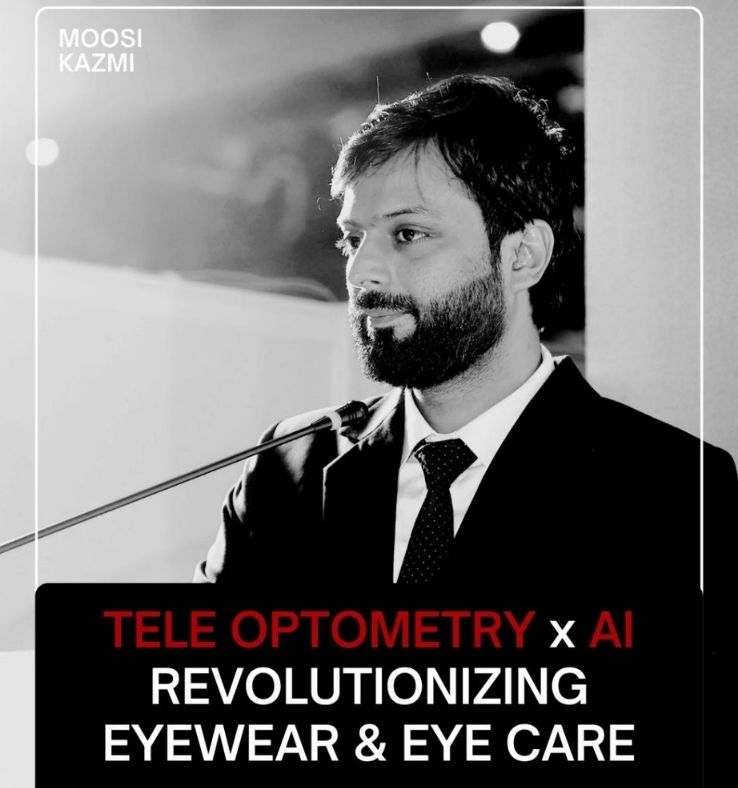
.jpg)
.jpg)
.jpg)
.jpg)
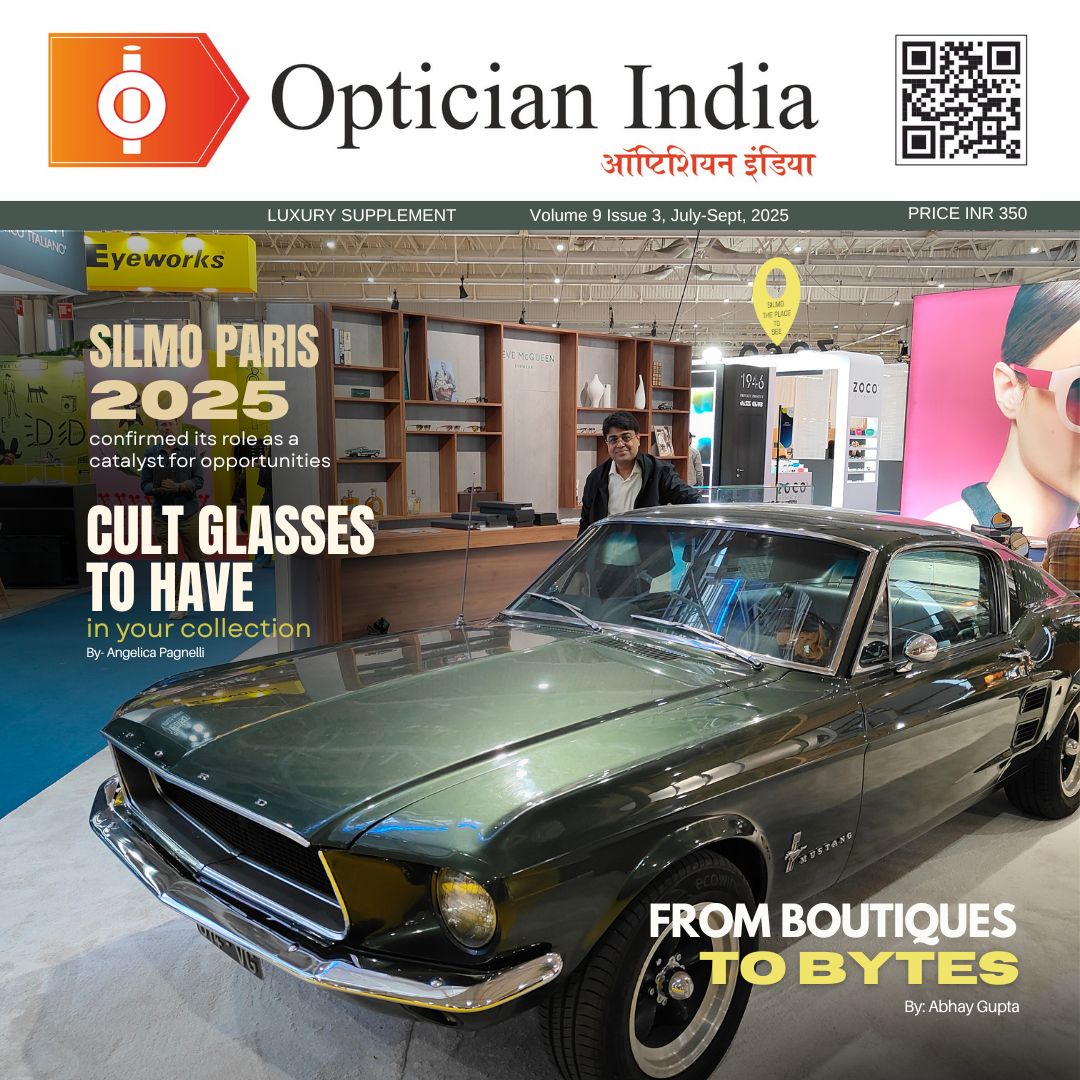

1.jpg)
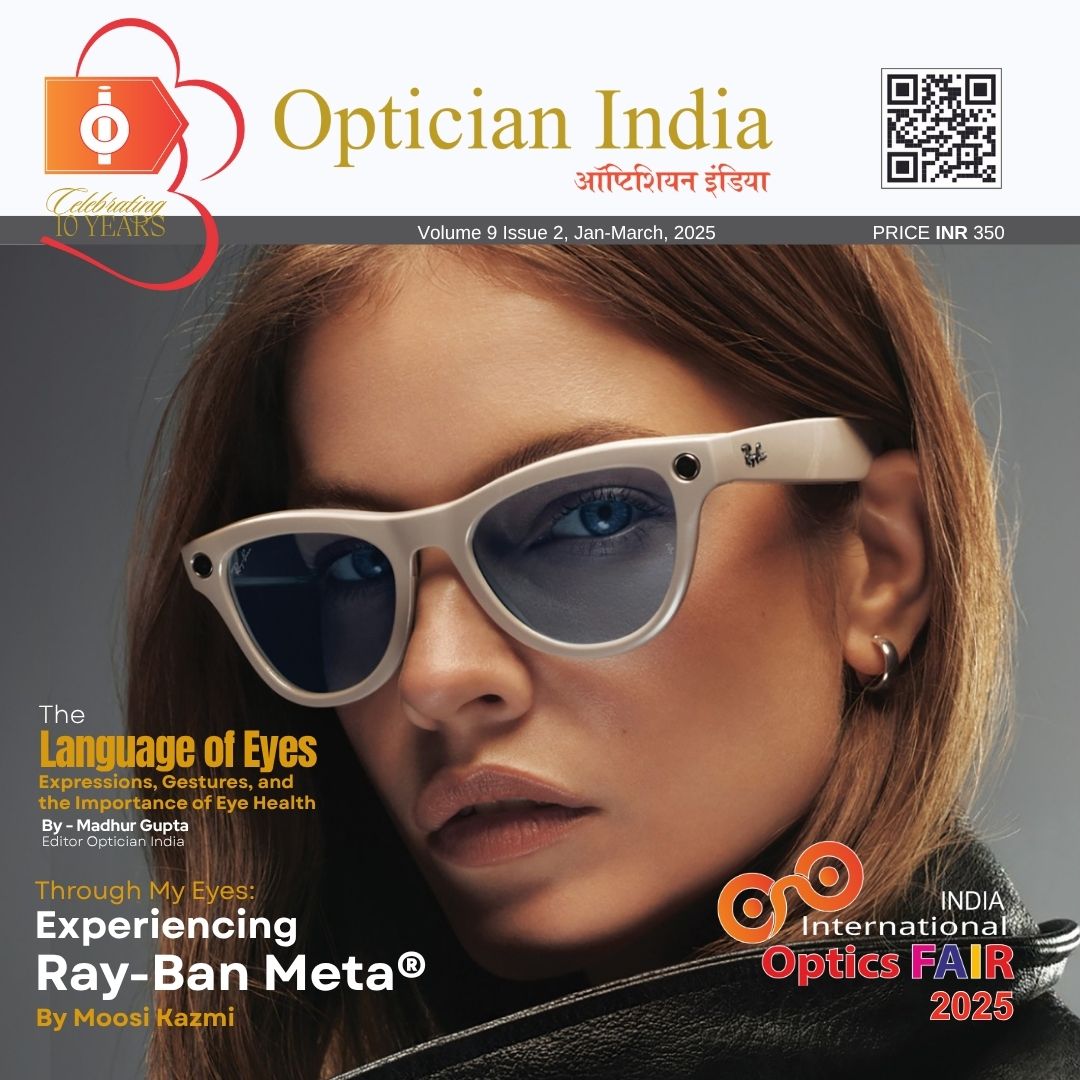


.jpg)
.jpg)

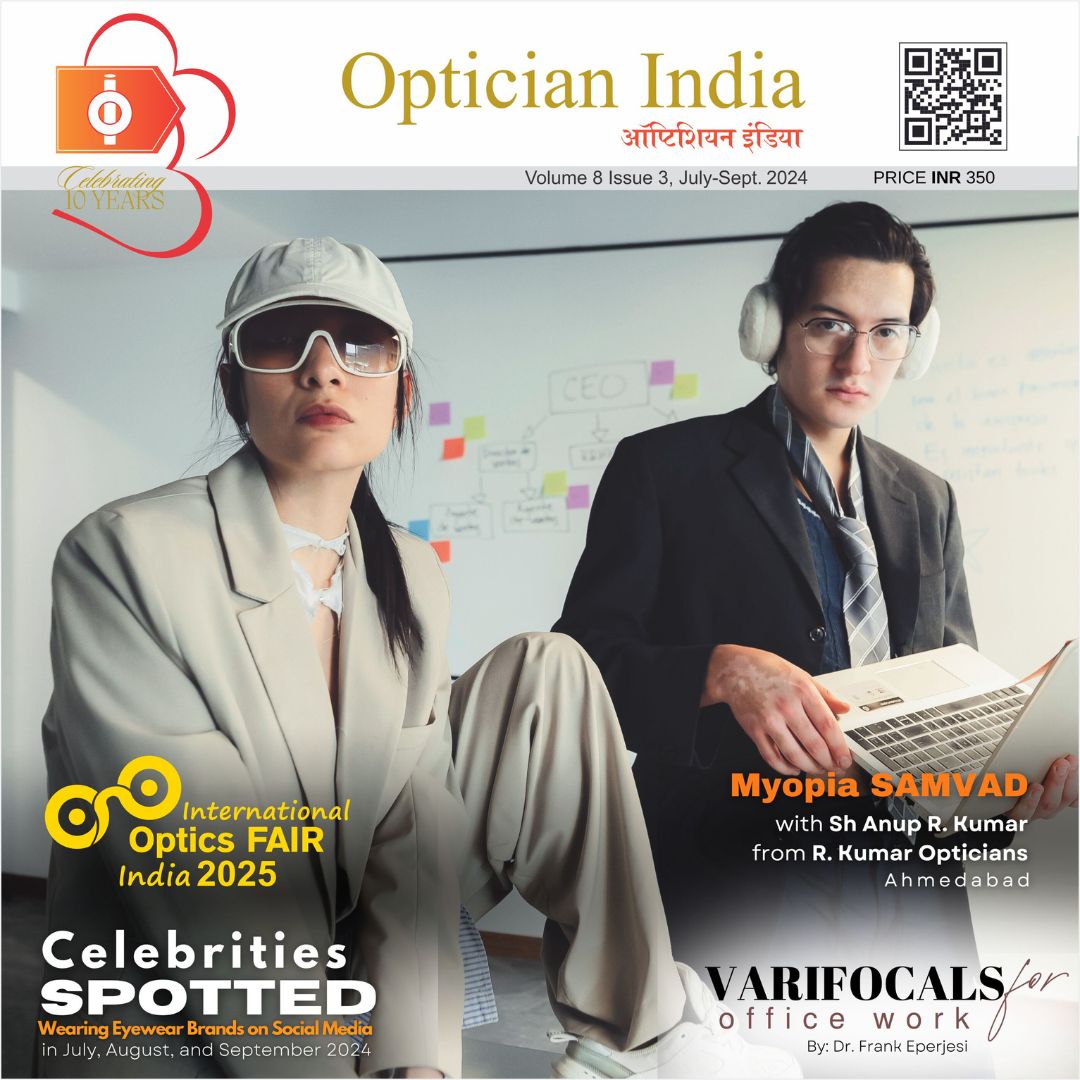

_(Instagram_Post).jpg)
.jpg)
_(1080_x_1080_px).jpg)


with_UP_Cabinet_Minister_Sh_Nand_Gopal_Gupta_at_OpticsFair_demonstrating_Refraction.jpg)
with_UP_Cabinet_Minister_Sh_Nand_Gopal_Gupta_at_OpticsFair_demonstrating_Refraction_(1).jpg)

.jpg)





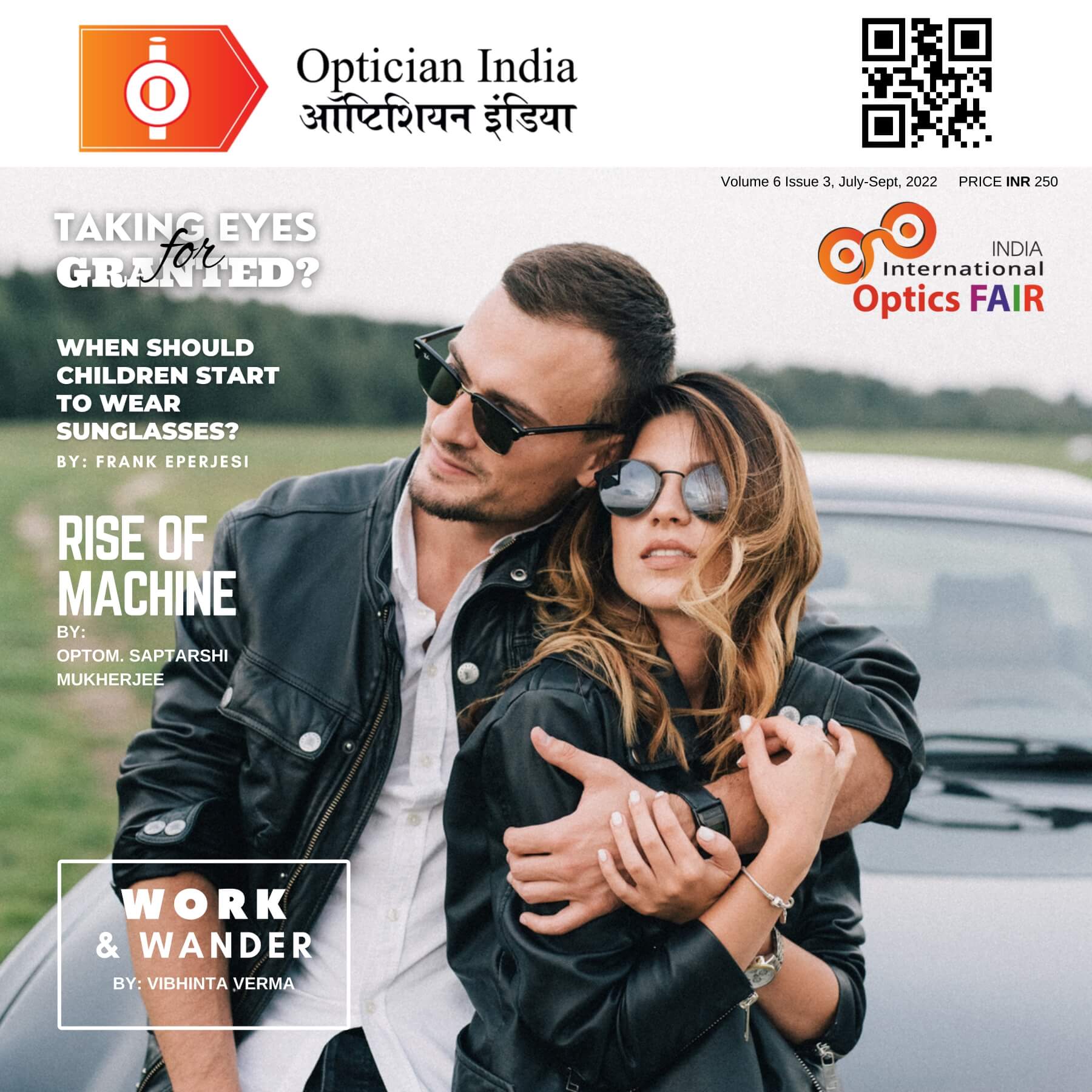
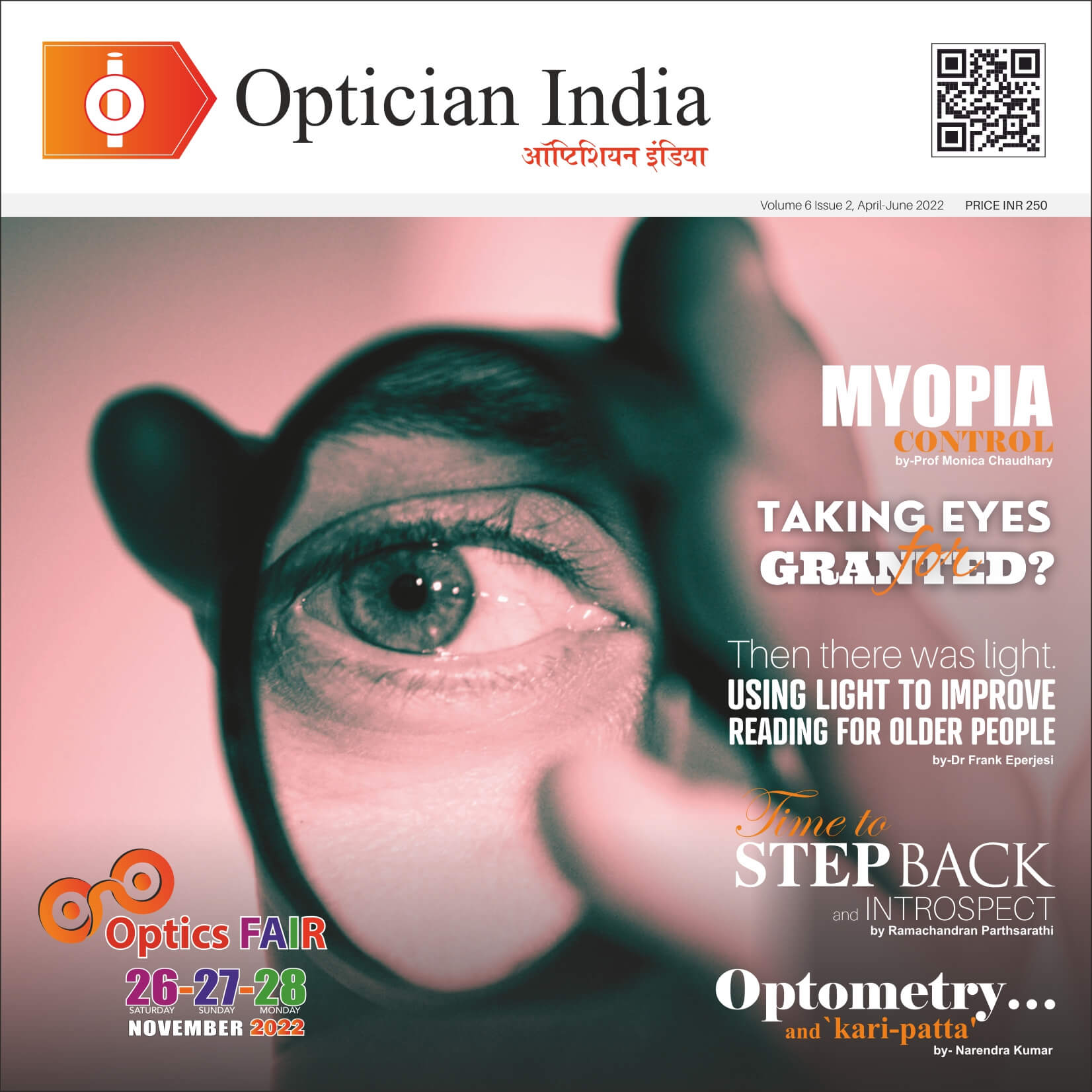
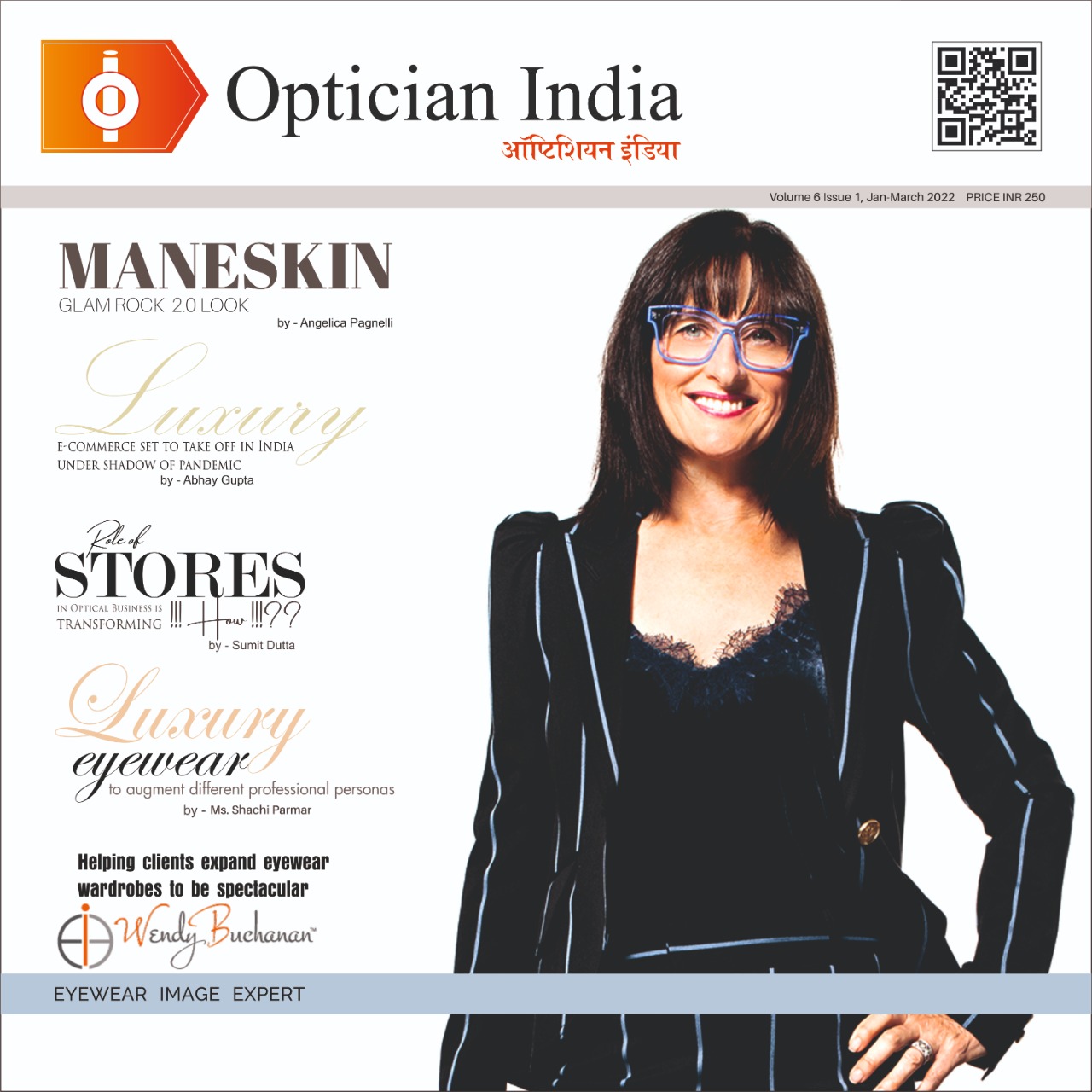
.jpg)
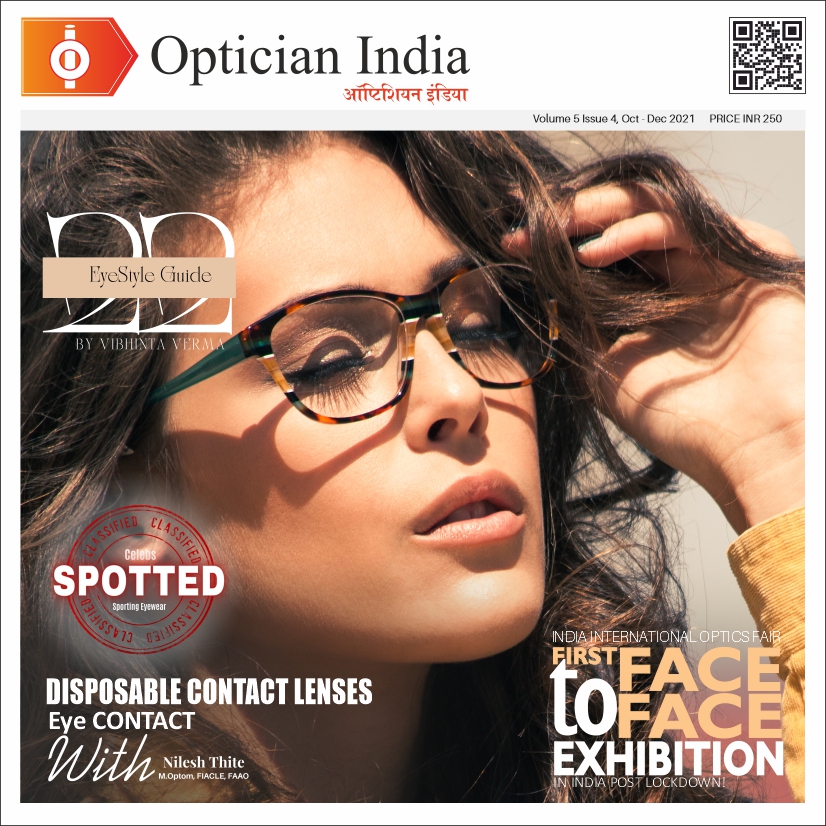
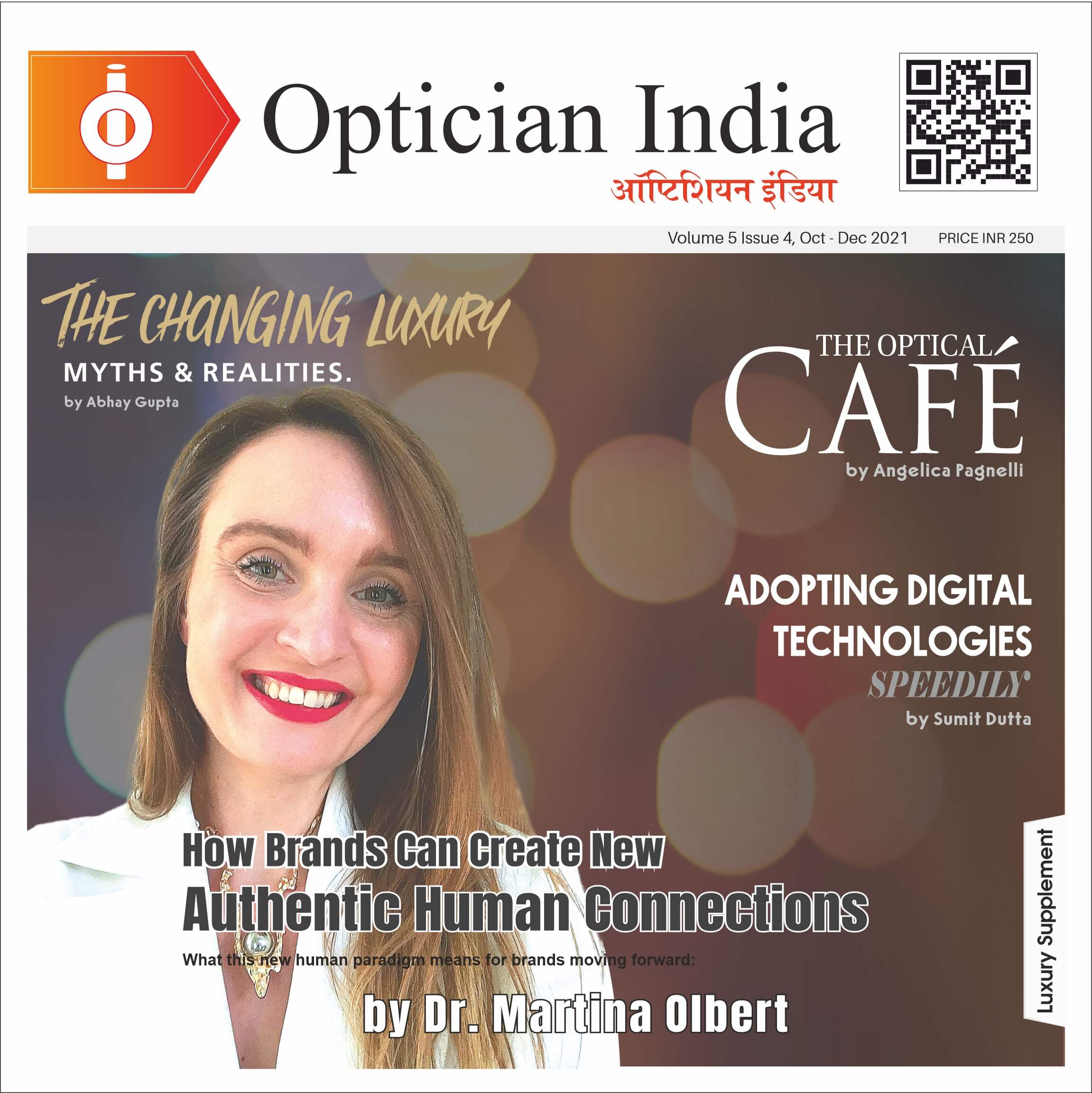
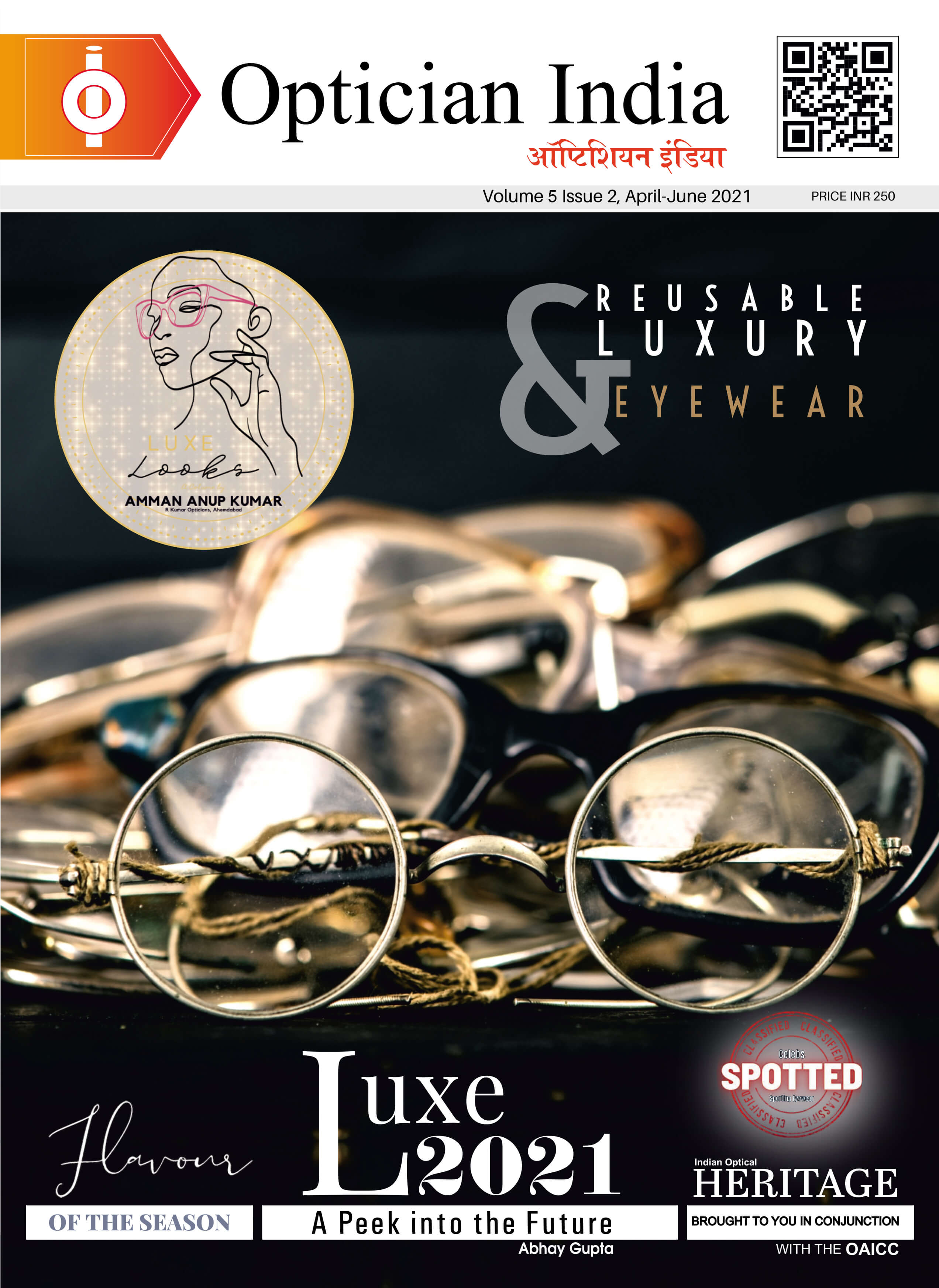
.png)



